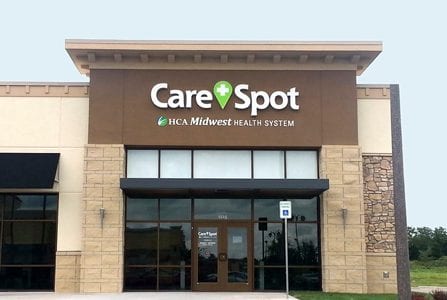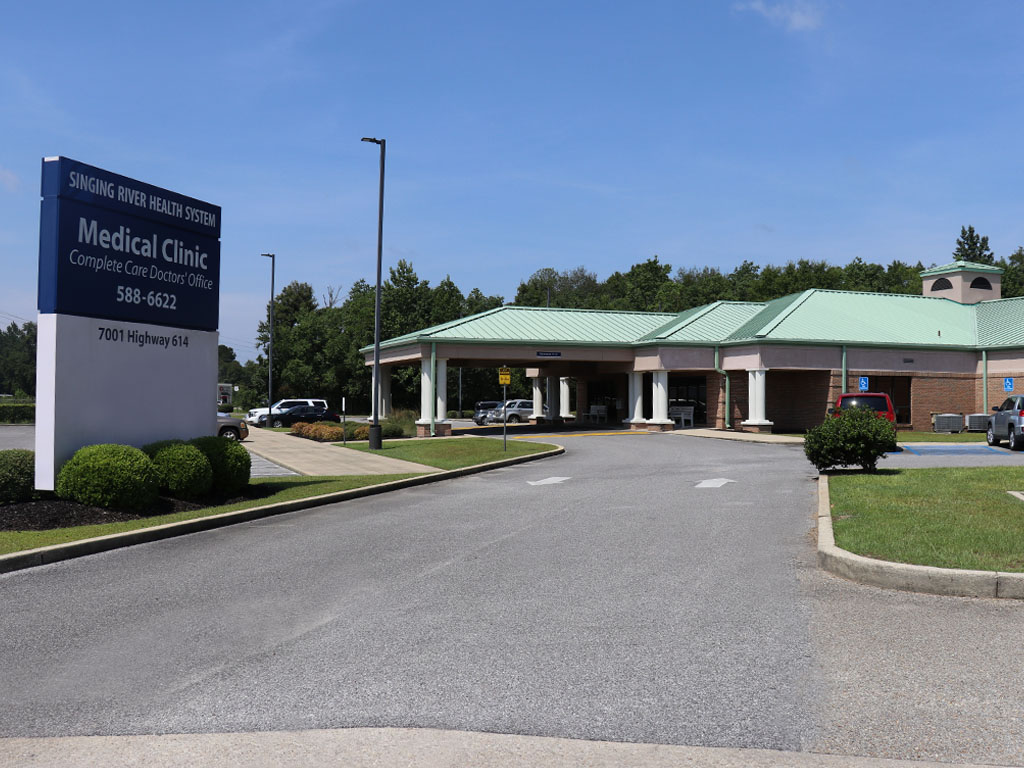The Ultimate Guide to Understanding Urgent Care Clinics
The Ultimate Guide to Understanding Urgent Care Clinics
Blog Article
Recognizing the Duty of Urgent Care in Providing Timely Therapy for Non-Life-Threatening Problems
Urgent treatment centers have emerged as a vital element of the health care landscape, resolving the instant needs of people with non-life-threatening conditions. Comprehending the subtleties of immediate care could considerably impact individual outcomes and the overall performance of healthcare delivery.
What Is Urgent Treatment?
Urgent treatment describes a classification of medical solutions designed to resolve non-life-threatening problems that need instant attention. These centers function as an intermediary in between medical care physicians and emergency clinic, offering a convenient alternative for clients who need prompt care without the comprehensive waiting times normally related to emergency divisions.
Immediate care facilities are normally staffed by medical professionals, including medical professionals, registered nurse professionals, and doctor assistants, who are educated to identify and deal with a broad variety of problems. Usual services provided by these facilities consist of treatment for small injuries, health problems, and infections, along with diagnostic examinations such as X-rays and research laboratory job.
In addition, urgent care centers typically approve walk-in clients, getting rid of the requirement for visits. On the whole, urgent treatment plays a vital role in the health care system, making sure people can access crucial medical services quickly and successfully.

When to seek treatment at an urgent care center rather of a key treatment medical professional or an emergency area,Many people might locate themselves uncertain regarding. Immediate treatment is made to resolve non-life-threatening conditions that call for punctual attention yet are not extreme sufficient to call for an emergency clinic see.
Normally, one need to take into consideration immediate look after concerns such as minor fractures, strains, cuts needing stitches, or infections like urinary system system infections. Additionally, chilly or flu signs and symptoms, breakouts, and allergies can likewise be properly taken care of in this setup.
It is necessary to note that urgent treatment is not suitable for life-threatening emergency situations, such as upper body pain, problem breathing, or severe bleeding, which demand prompt emergency clinic intervention.
Individuals that lack accessibility to a medical care medical professional or can not protect a prompt appointment may likewise benefit from urgent care solutions. Ultimately, comprehending when to utilize immediate treatment can cause extra efficient health care shipment, enabling individuals to obtain the suitable degree of treatment based on their specific health demands.
Advantages of Urgent Treatment Centers
Choosing urgent treatment facilities for non-life-threatening problems uses a number of advantages that enhance client experience and accessibility. One primary benefit is the minimized delay times contrasted to typical emergency spaces. Urgent care centers normally operate a first-come, first-served basis, permitting individuals to obtain prompt clinical attention without the long delays often connected with healthcare facility setups.
Additionally, immediate care facilities give prolonged hours, including weekends and nights, suiting individuals with differing schedules. This adaptability ensures that people can look for care when it is most hassle-free for them, better advertising timely treatment.

Additionally, these centers typically use a thorough series of solutions, consisting of analysis examinations and small procedures, all under one roofing. This consolidation of solutions not only simplifies the person experience yet likewise fosters an extra cohesive strategy to handling non-life-threatening health issues, ultimately profiting overall patient end results.
Typical Conditions Dealt With
At immediate care facilities, a range of non-life-threatening problems can be properly treated, offering people with timely and obtainable medical support. These centers are specifically skilled at dealing with issues that need timely interest but my company do not pose an immediate threat to life or arm or leg.
Usual conditions treated at immediate treatment facilities include small injuries such as sprains, fractures, and stress. Urgent care centers are furnished to do required analysis tests, such as X-rays and lab tests, enabling them to provide comprehensive care.
In addition, urgent care suppliers can carry out vaccinations, helping to avoid the spread of infectious diseases hop over to here - Urgent Care. They also offer services for minor procedures, such as suturing injuries or draining pipes abscesses. By using these varied services, immediate treatment centers play a crucial function in linking the gap in between key treatment and emergency situation solutions, making certain individuals receive prompt treatment for a variety of problems without the need for long haul times generally associated with emergency clinic
How Urgent Treatment Supports Health Care System
Immediate care centers play a critical function in sustaining the overall health care system by easing the worry on emergency departments and providing timely access to clinical care for non-life-threatening conditions. By taking care of situations such as small injuries, infections, and diseases, urgent care facilities allow emergency situation divisions to focus on even more critical patients needing instant interest.
Moreover, immediate care facilities boost healthcare availability, using extended hours and an easier choice to typical health care settings. This accessibility is especially useful for clients who might not have a regular physician or that need instant treatment outside of typical workplace hours. Therefore, urgent care facilities efficiently reduce wait times and enhance person complete satisfaction.
Furthermore, urgent care facilities add to cost financial savings for both clients and the health care system by giving lower-cost services contrasted to emergency divisions. This financial effectiveness is important in an age of climbing health care expenses, allowing clients to receive necessary care without sustaining inflated expenditures.
Conclusion
To conclude, immediate treatment facilities play a crucial function in the health care system by delivering punctual treatment for non-life-threatening conditions. By linking the void in between health care and emergency clinic, these centers ensure that patients receive prompt medical focus without the extensive delay additional reading times commonly related to emergency situation divisions. The availability and effectiveness of urgent care centers add dramatically to minimizing the general problem on medical care sources, improving client outcomes, and promoting a much more effective healthcare shipment system.
Immediate care centers have actually arised as an important component of the health care landscape, attending to the prompt requirements of individuals with non-life-threatening problems. Urgent treatment brows through usually incur reduced out-of-pocket expenses contrasted to emergency situation division check outs, making care much more affordable for patients without jeopardizing top quality. Immediate care facilities are outfitted to do essential analysis tests, such as X-rays and research laboratory tests, enabling them to provide detailed care.
By providing these varied solutions, immediate treatment facilities play a vital function in linking the space between main care and emergency solutions, ensuring clients obtain timely therapy for a wide array of conditions without the requirement for long delay times normally linked with emergency spaces.
Additionally, immediate treatment facilities improve medical care accessibility, supplying prolonged hours and an extra practical alternative to conventional primary care settings.
Report this page